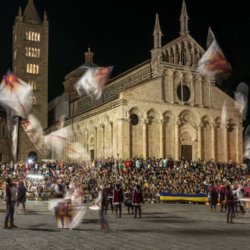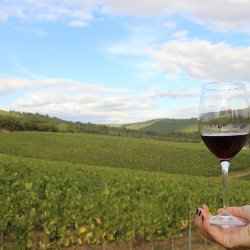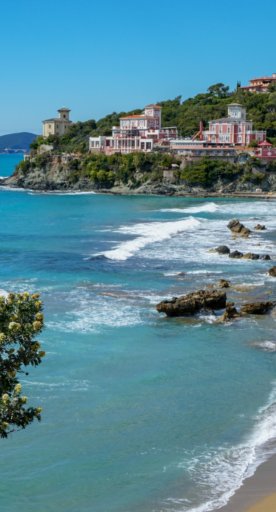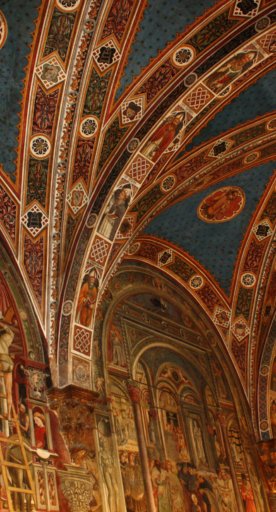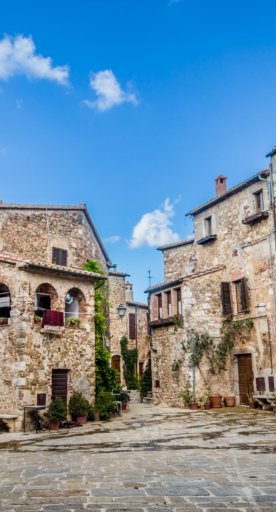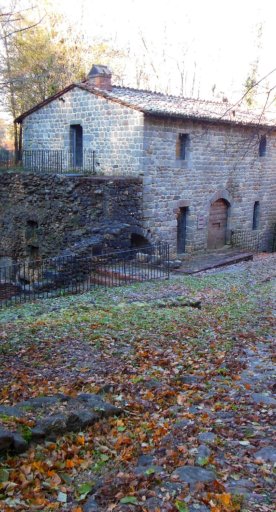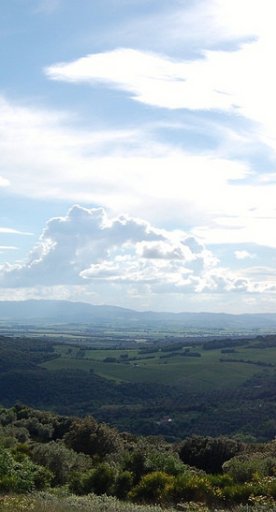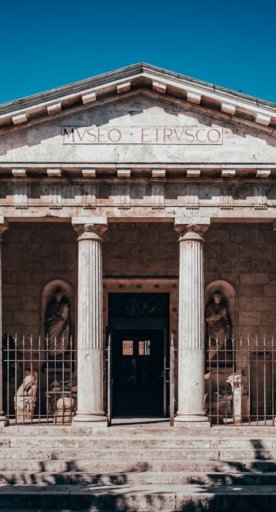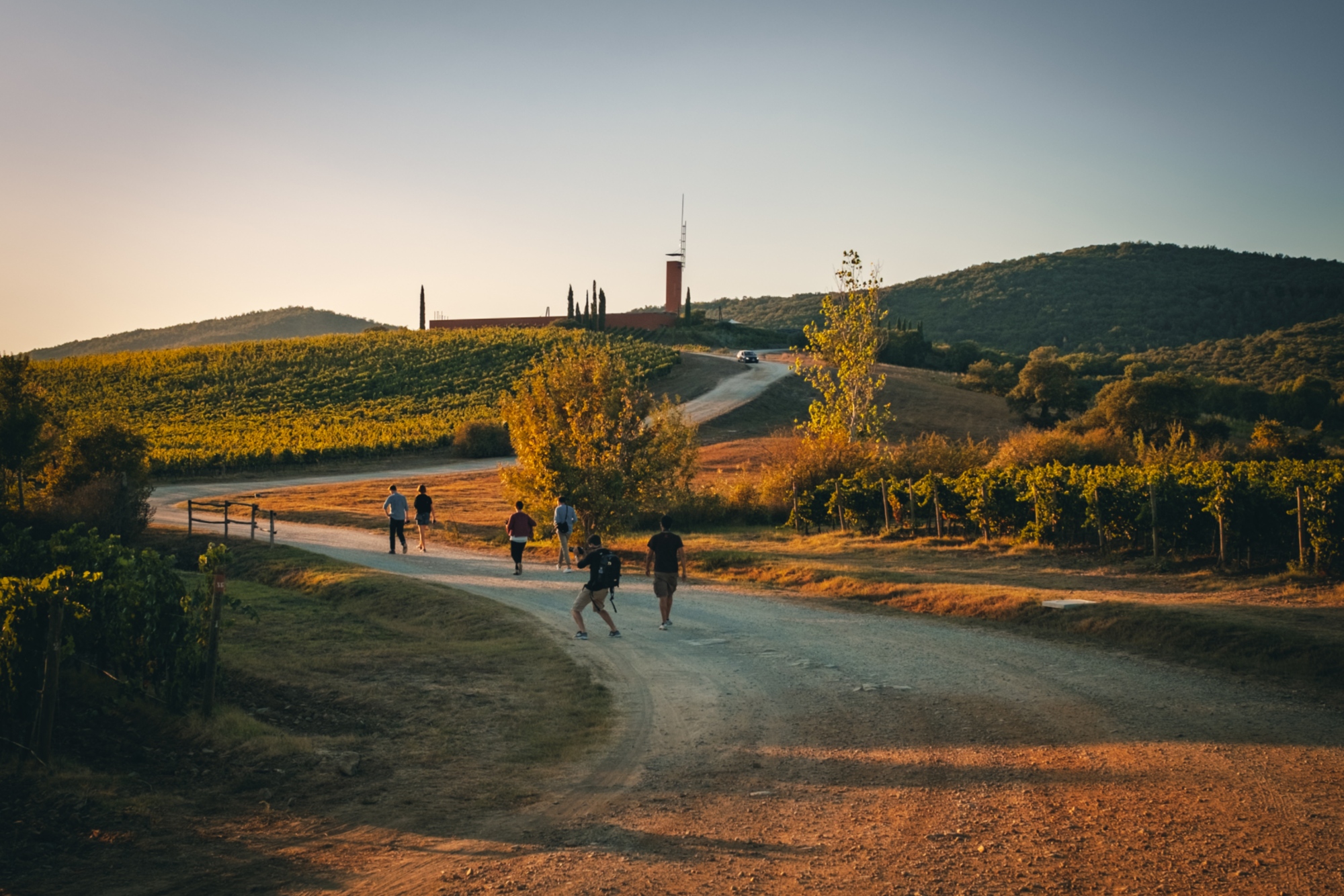
4 places to visit in Gavorrano
Among castles, mines, archaeological sites and fine wineries
Gavorrano was an important mining center, and stone quarries and structures built for the extraction and processing of minerals are still visible on its territory.
The area offers a wide range of attractions of historical interest, including Castel di Pietra, the Etruscan necropolis and the important old mines found in the Gavorrano Nature Mining Park. In addition to the historical sites, Gavorrano has a vast countryside in which you can immerse yourself in the typical Tuscan rural landscape of olive groves, vineyards and rows of cypress trees.
-
1.Castel di Pietra
-
2.The mines of Gavorrano
-
3.The Etruscan necropolis of San Germano
-
4.The documentation center of Rocca di Frassinello
Castel di Pietra

Built during the Late Middle Ages on the top of a cliff to dominate the plain of Grosseto and the Metalliferous Hills, Castel di Pietra has always been of strategic importance for all the noble families who inhabited it. Thanks to an archaeological excavation carried out between 1997 and 2007, it was possible to bring to light some characteristic elements, such as the city walls and the remains of a small tower, the main core of the entire structure. It is said that it was here that Count Nello killed the Sienese Pia de’ Tolomei, whose fate is narrated by Dante in Canto V of Purgatory: famous is the verse that encloses her biography in a chiasm, “Siena mi fè, disfecemi Maremma” (Siena made me, Maremma undid me).
The mines of Gavorrano

The mines of Gavorrano have been an area of important historical and economic interest for the territory. Their mining activity, which began in 1898 and continued throughout the first half of the 20th century, made the territory of Gavorrano one of the most important for the extraction of pyrite. At present, the entire mining district, made up of tunnels and mining buildings, machinery, flotation basins, shafts, lavery and inert quarries, is preserved in the museum complex of the Nature Mining Park of Gavorrano.
The Etruscan necropolis of San Germano

The Etruscan necropolis of San Germano, currently included in the lands owned by the Rocca di Frassinello, consists of about 30 tumulus tombs that have been recovered and restored to create a tour route for the public. In addition, the exhibition route offered is accompanied by illustrative panels and poetic quotations concerning wine in the ancient world.
The documentation center of Rocca di Frassinello

The Rocca di Frassinello documentation center is a continuation of the proposed visit to the Etruscan necropolis of San Germano. The common thread of the center is wine, an element that links modern viticulture to the Etruscan civilization. In the Rocca di Frassinello documentation center, the visitor can embark on a journey into the past: starting from the wine cellar built by Renzo Piano with barrels arranged in a manner reminiscent of a Roman amphitheater, the experience continues with a wine tasting served as in Etruscan times, that is, with the addition of spices; culminating with other tastings of wines produced at the Rocca di Frassinello. In addition, during the visit to the rooms intended for the documentation center, it is possible to admire the main artifacts from the Etruscan necropolis of San Germano and Santa Teresa di Gavorrano.


